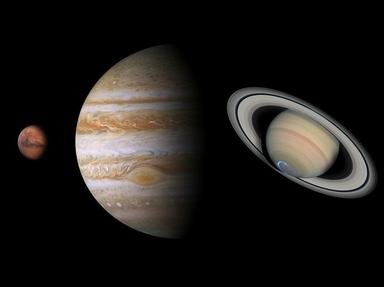Quiz Answer Key and Fun Facts
1. In what year was the dwarf planet known as Ceres first discovered?
2. When it was first discovered, Ceres was initially thought to be a regular planet. Was it ever given its own planetary symbol?
3. Which of the following worlds is smaller in size than the dwarf planet Ceres?
4. How long does it take for Ceres to complete its orbit around the Sun?
5. What was the name of the first spacecraft to visit Ceres in 2015?
6. How long does it take the dwarf planet Ceres to rotate once on its axis?
7. What is the name of the tallest mountain on the dwarf planet Ceres?
8. Patches of highly reflective white material were discovered in and around craters on Ceres. What substance are these patches made of?
9. There is an element of the Periodic Table that was named after the dwarf planet Ceres.
10. The dwarf planet Ceres was named after a Roman goddess. The name is something of a misnomer since Ceres was the goddess of what?
Source: Author
RedHook13
This quiz was reviewed by FunTrivia editor
rossian before going online.
Any errors found in FunTrivia content are routinely corrected through our feedback system.

